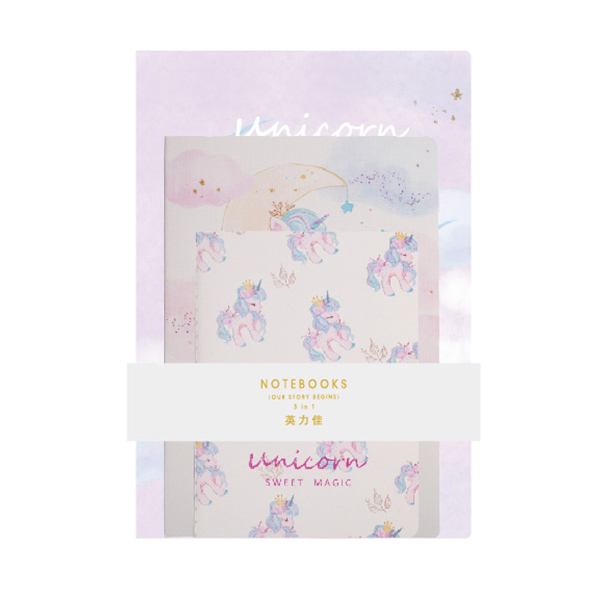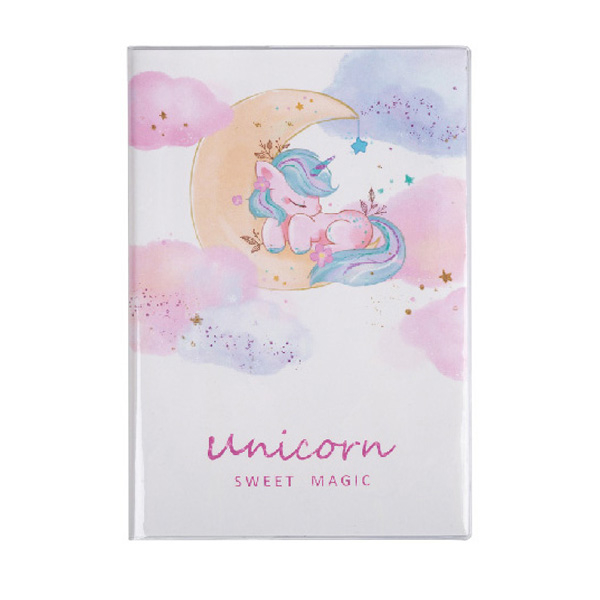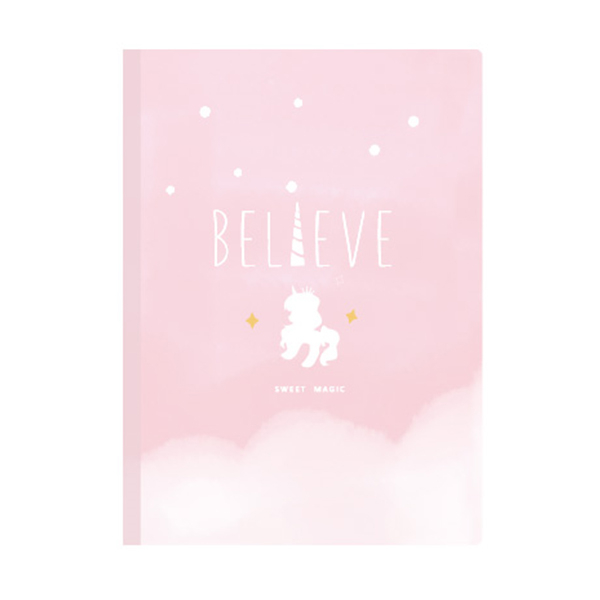Paper and printing: Paper is generally divided into offset paper, such as ordinary copy paper and writing paper; coated paper, matte paper, and cards with a thickness of more than 200g, such as copper plate cards, etc., most of which are used for picture albums and advertising color sheets; Whiteboard paper, white cardboard, mostly used for carton packaging; there are also carbonless carbon paper, self-adhesive paper, sulfuric acid paper, special paper, and carton face paper, core paper, kraft paper, etc. The thickness of the paper is generally calculated in grams. Generally speaking, 157g coated paper means that the thickness of this coated paper is 157 grams per square meter. The larger the number of grams, the thicker the paper. In printing, it is customary to call 500 full sheets of paper 1 ream. Paper is priced in tons. The number of reams per ton of paper with various gram thicknesses is different. There is a table for reference.
Generally, color printing (offset printing) is mainly used. First of all, you must know the size of the size. The normal sheet paper specifications are divided into large and positive. The full size of the large sheet is 119cm*89cm (47 inches * 35 inches), cut into two Zhang bids folio, cuts 4 to bid 4, cuts 8 to 8 (A3), and cuts 16 to 16 (A4). The full size of the positive paper is: 108cm*78cm (43 inches*31 inches), and the same two pieces are cut for positive folio, and so on.
The post-press processing procedures include complex glossy film, complex matte film, bronzing, oiling, UV, folding, saddle stitching, sewing glue binding, creasing die-cutting, fine-tile E-corrugation, etc.
(Silk screen printing) generally print thicker patterns. The printing materials are cloth, plastic, paper, carton board, etc. The printing plate is mainly based on screen frame lines, and the ordinary ones are generally 80~100 lines. The ones we contact are used for paper, Such as printing UV oil, making sandblasting effects, partial UV glazing, etc.
Offset printing network lines and dots), generally with 175 lines per inch, more commonly used in the printing of art book advertisements, etc., whiteboard paper or paper with a rough surface should use 150 lines; some high-end picture albums use 200 lines, generally 200 lines The line printing machine is required to be very flat, and there is no problem with the film, the key is printing.
(Gravure) is generally plastic printing, or web printing, printing a large number of packaging bags or cigarette labels, magazines, etc., mainly electro-engraved cylinder versions.
(Offset printing) commonly known as color printing, with film on the pre-coated photosensitive version (PS version) through the printing machine, and then printed on the paper with an offset printing machine, the general network line number is 175 lines/square inch, 175L/inch; offset printing machine has Single-color machine, two-color machine, four-color machine, five-color machine, etc.; specifications include full-sheet machine, full-on, pair-on, four-on, eight-on, etc.


 英语
英语 西班牙语
西班牙语














